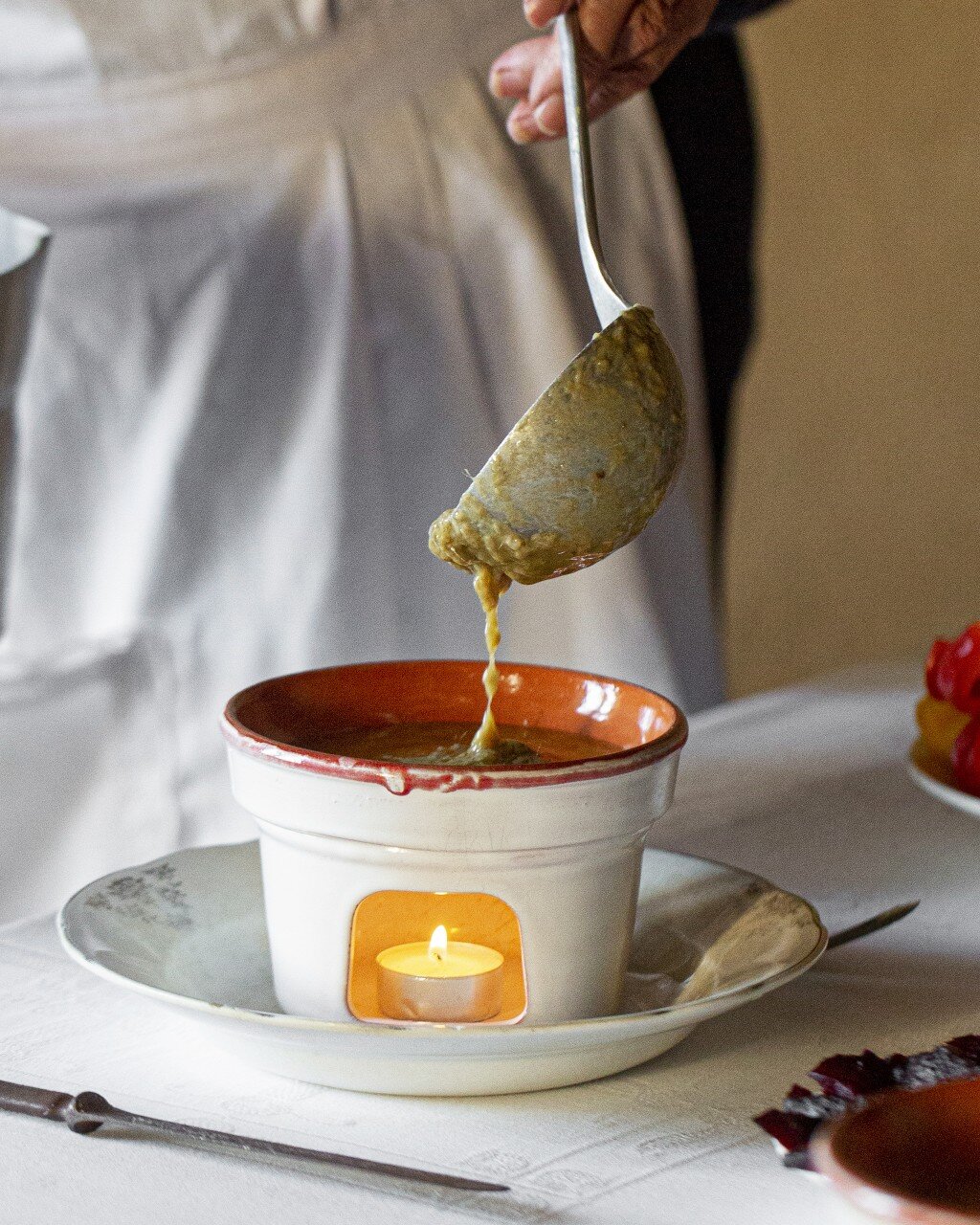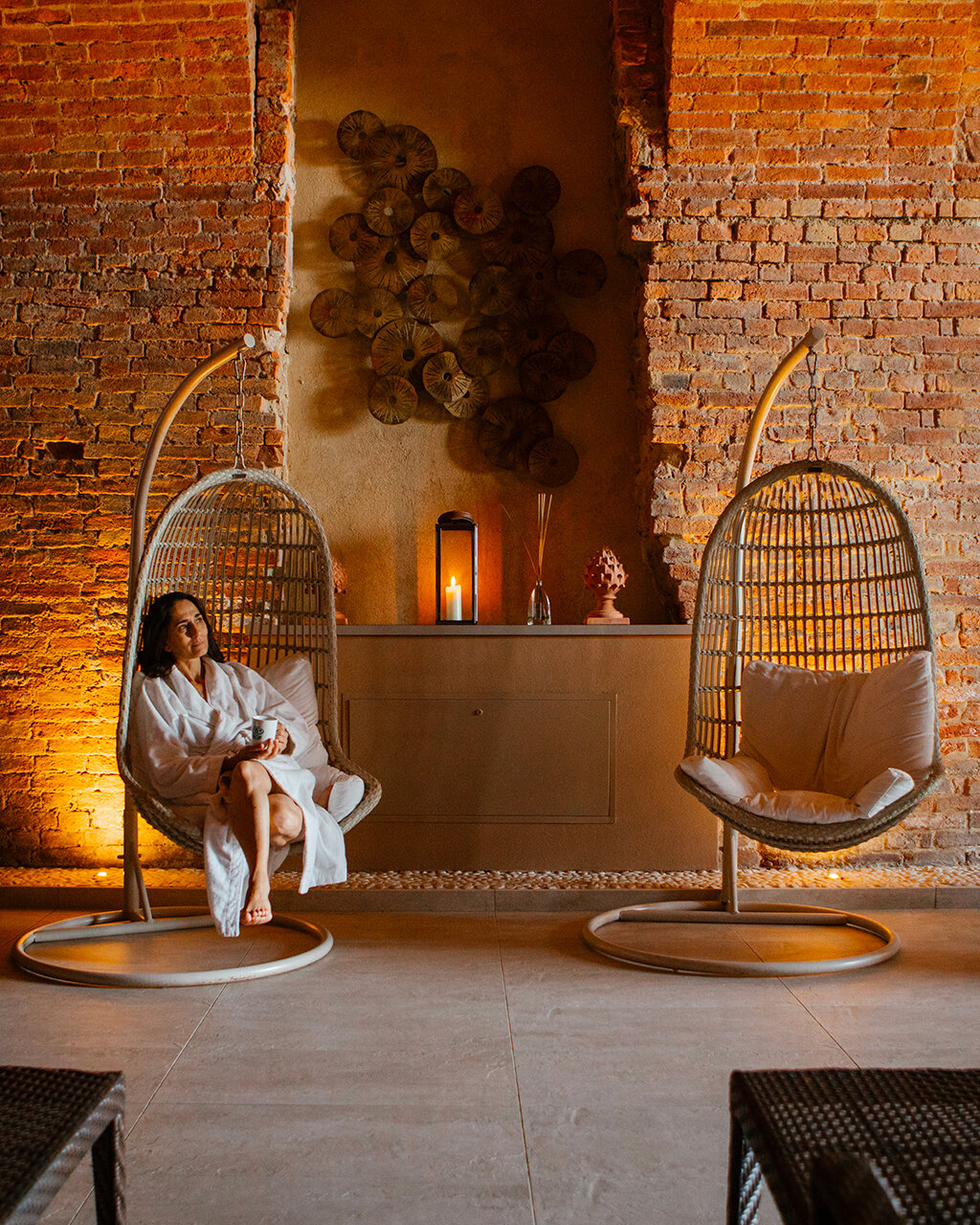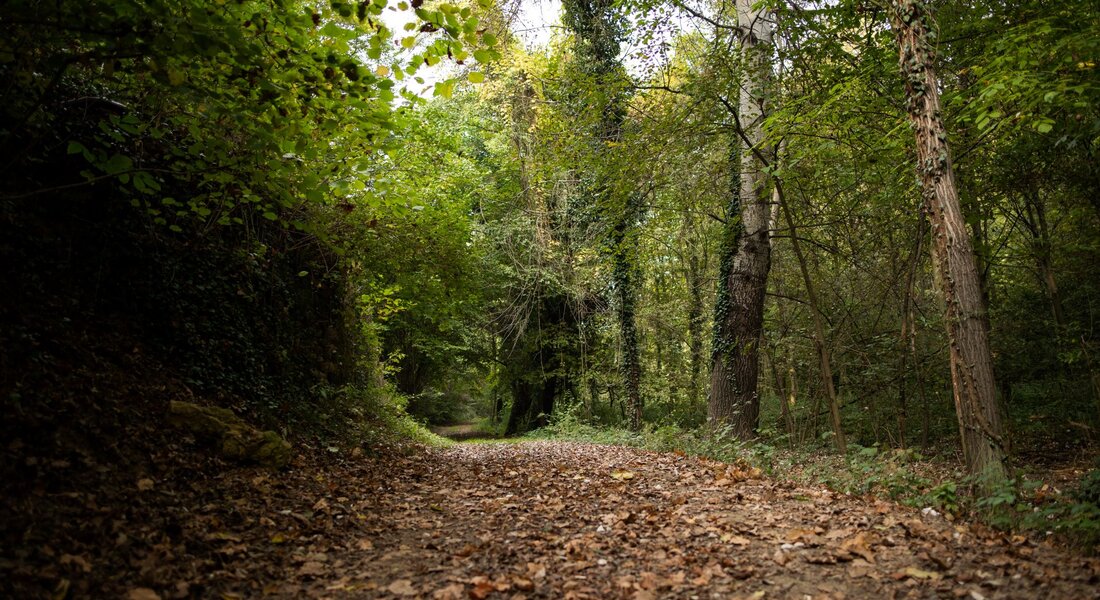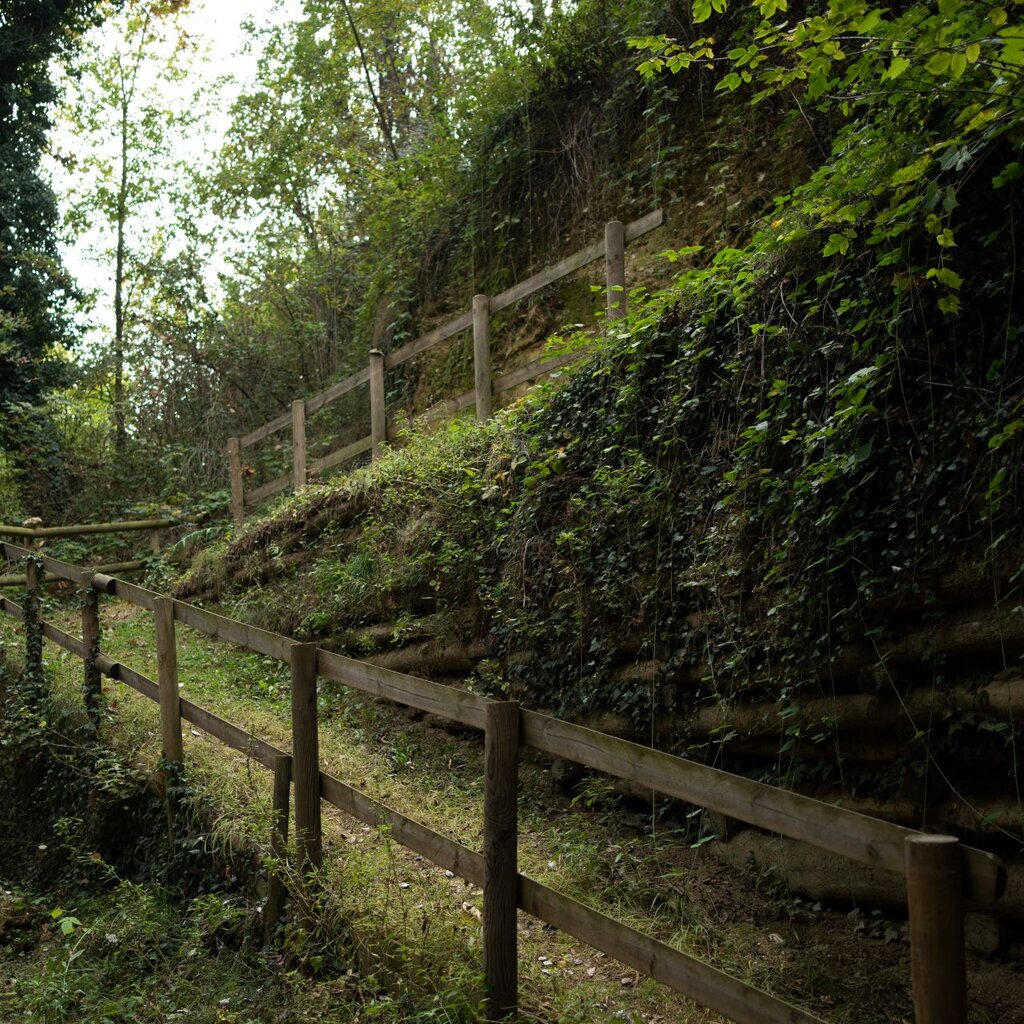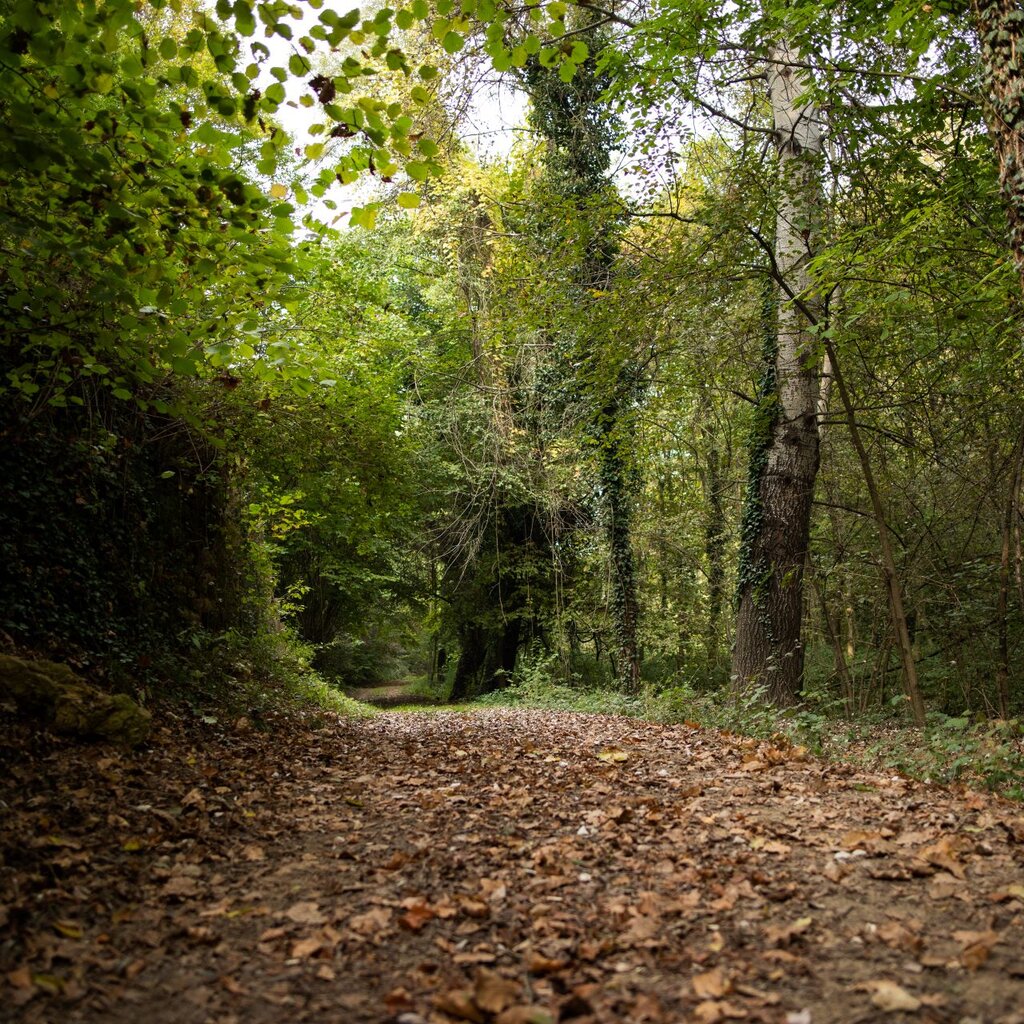The Asti Monferrato is not only rich in castles, towers and small Romanesque churches scattered over its wonderful vine-covered hills, but also boasts a wide range of parks, nature reserves and protected areas, often thoughtfully created and directly encouraged by the local population. That is why the Ente di Gestione of the Parco Paleontologico Astigiano (the managing body of the Paleontological Park of Asti) was created to manage and enhance the heritage of the past and the areas related to it.
The Paleontological Park is a widespread park as the finds of mastodons and fin whales (to name the most significant examples, together with thousands of fossil shells dating back to millions of years) have been discovered over time in several areas of the province, not exclusively in the Tanaro Valley. In fact, since most of the province of Asti (as well as the Roero) was practically the “beach” of the proto-Adriatic, it preserves a sandy subsoil that is perfect for the fossilisation of this marine and marshy world dating back to distant eras.
It is a charming world that partly needs to be imagined and partly comes alive in the beautiful displays of the Fossil Museum in Asti, housed in Palazzo Michelerio. Tersilla, the minke whale found in San Marzanotto in 1993, is the Museum's mascot and, together with the first practically intact cetacean found in Vigliano back in 1959, tells us a story of millions of years when these hills were really nothing but ... sea. Alongside the secrets of this surprising underground, unspoilt corners of silence, shade and greenery rise to the surface, providing a truly unique tourist destination for those who love open spaces, walks, solitude in the company of a book or a dog, nature trails and ancient trees.
After the dream-like immersion in the "Asti sea", we leave Asti heading towards Rocchetta Tanaro, where in 1980 the first Park was created at the behest of Marquis Mario Incisa della Rocchetta who provided a vast woodland between the Sant'Emiliano hill and the Tanaro river so that it could become a 120-hectare protected area. We are on the eastern border of the province, surrounded by a handful of villages to the left and right of the river. As you follow the scenic route you will find Azzano just outside Asti, then Rocca d'Arazzo, up there between canyons and secret valleys rich in top quality truffles. Next comes Castello d'Annone, which has always been the border and customs post of Asti, almost opposite Cerro Tanaro, a fortified Monferrato village on the plains and, precisely between these two villages is Rocchetta Tanaro, a small homeland among the many in the Asti area.
Therefore, our first stop is Azzano, a small village overlooking the Tanaro river with an enchanting view of the town of Asti. After the Napoleonic destruction of the powerful Abbey, which stretched its influence over all these fertile river lands, there is nothing left: just a few fields in Località Moglia where, actually, it would be interesting to carry out some excavations. A plaque next to the parish church recalls the monks' labour and their historical importance.
Whereas, in Rocca d'Arazzo, apart from the imposing 17th-century Palazzo Cacherano, (now housing the Town Hall and the Tambass Museum), the Romanesque church of SS. Stefano and Libera is worth a visit; the scenic road towards Santa Caterina and Montaldo Scarampi, a true oasis of truffle woods, is also well worth a visit. From here you can return to Rocca d'Arazzo via the viaduct of San Carlo.
Our next village is Castello d'Annone, with its parish church (featuring a beautiful polychrome altar, the only vestige of the vanished Abbey of San Bartolomeo di Azzano), while in place of the castle-fortress of Asti, which was lost centuries ago, there is now a small equipped park overlooking the village; there is also a WWF Oasis here, known as the 'Bosco del Lago' (Lake Forest), thick with oak and hornbeam trees.
Here, there is also a lovely cycle path that runs along the right bank of the river, joining Cerro Tanaro, where in a village of a few streets arranged in a grip plan (chessboard-shaped) along the river we find the Adorni Tower, the Natta Castle, both privates, and the intriguing Bicycle Museum, dedicated to Sarachèt, a historic bicycle manufacturer from Asti, and which is hosted in the small railway station. A must-see is the Luvetta cove, a small, enchanting fishermen's landing place on the still waters of the Tanaro river. The village is worth a detour also for us and we can reach it quickly by car.
Finally, we reach Rocchetta Tanaro, which is well-known for Giacomo Bologna, one of the historical fathers of the redemption of Barbera; but it is also famous for its trading skills and the rough but genuine nature of its people, who speak their own autochthonous dialect, and for a vocation for celebrations and ancient and curious traditions such as that of the Frustatori (a sort of “whip” percussion band). We should also mention wines, truffles and a fat and round cuisine that here is sublimated in the ingenious "Lingue di Suocera" (literally the “mother-in-law’s tongues”, a sort of mix between a breadstick and a pastry) and in the Raviolo Gobbo astigiano, the apotheosis of all Piedmontese agnolotti.
The Park is home to all the spontaneous flora of the area (oaks, Turkey oaks, English oaks, locust trees, elms, cherry trees, etc.), a 200-year-old monumental beech, a rich variety of flowers and shrubs and, above all, a marvellous avifauna: over 40 species of birds nest here, in an oasis of tranquillity broken only by their chirping.
The area is also enriched by artistic treasures such as the ruined Chapel of Sant'Emiliano, fragments of bastions and castle towers, the Confraternity of the Annunziata with fragments of frescoes and Romanesque traces (now a multi-purpose hall), the important Romanesque Church of Santa Maria de Flexo (known as "delle Ciappellette") and several Art Nouveau villas.
The second park is the Val Sarmassa Nature Reserve, a hermitage of mushroom and truffle woods, located between the villages of Cortiglione, Incisa Scapaccino, Vinchio and Vaglio Serra. You can get there from Rocchetta Tanaro by following the beautiful Park ridge road to Mombercelli: then our ideal route passes through Vinchio, continues to Incisa Scapaccino, enters Cortiglione and ends in Belveglio, in the heart of Val Tiglione.
The story of this protected area pays tribute to its local people who stopped the creation of an industrial waste landfill site by engaging in "walks" through woods, bric and ciabòt (small stone houses) to regain physical possession of their land. The administrations understood this strong message and the process ended in 1993 when the regional institution defined the Nature Reserve. The symbol is a green lizard, which in Piedmontese is called “Lajeu”, which has been italianized into Lajolo, not surprisingly the most common surname in the area. This leads us straight to the real key to understanding this part of the Monferrato area: the books and works of Davide Lajolo, partisan, writer and journalist, whose collection of short stories set in these same hills, "I më", should at least be read, as this work captures the writer's sense of belonging to a farming community.
A small museum in the village recalls the writer's "nest" in Vinchio, his experiences first in Fascism and then as a partisan leader with the battle name Ulisse, his work as a journalist (he was for a long time director of "L'Unità"), as a member of parliament and, above all, as a literary writer and critic. Lajolo was also a refined collector of contemporary art, of which we can see two exhibitions, one in Nizza Monferrato (see itinerary Nizza amidst Barbera and Bagna Cauda) and one in Moasca (see itinerary Monferrato of Costigliole d'Asti) featuring all the greatest artists of the 20th century. Davide Lajolo's memory is lovingly preserved by his daughter Laurana together with his library and correspondence.
Find out more
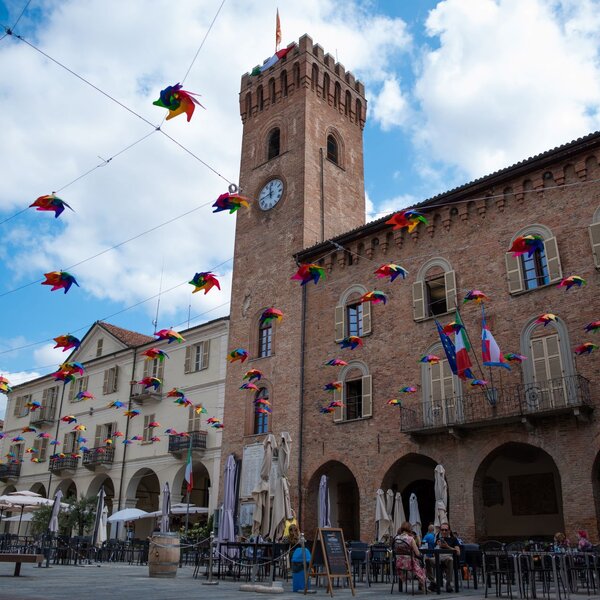
Nizza, amidst Barbera and Bagna Cauda
Find out more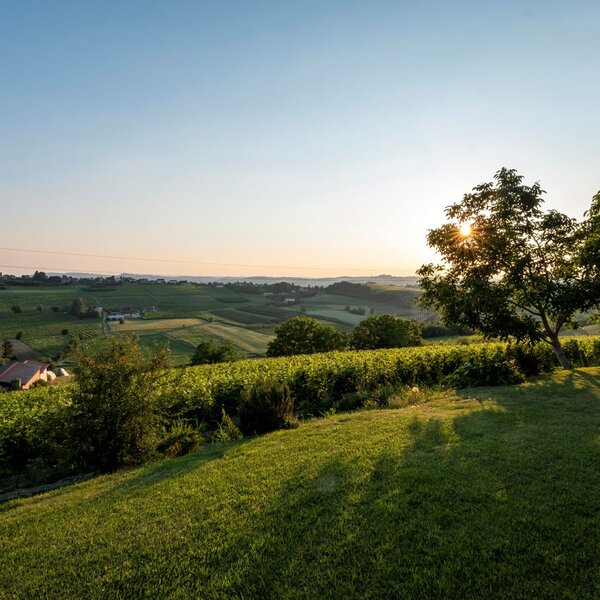
Monferrato of Costigliole d'Asti
Find out moreA tour of the Val Sarmassa Nature Reserve must include a visit to the Bricco dei Cinquant anni (the fifty-year rock) and the Ciabòt of Montedelmare, to the partisan paths and the tufa caves used as shelters against the Nazi-fascist round-ups and, above all, a climb to the "Ru", the huge oak tree that has watched over these hills for centuries. The trails are very well signposted, as is the calendar of historic literary walks that are still held every year.
Next, a scenic road takes us to Vinchio which, with the neighbouring village of Vaglio Serra, is almost a unicum, well summed up by the famous cooperative winery built right on the border of the two areas, almost at the entrance to the park. We are actually in one of the finest cru of Barbera d'Asti in the sought-after Nizza version, which here displays some unique characteristics in terms of structure and fragrance.
Vinchio was a worthy member of the Partisan Republic of Basso Monferrato (proclaimed in Agliano on 5 November 1944); the village is also known for its prized asparagus, known as " saraceno", much sought after in spring. Whereas, in Vaglio Serra there is a Baroque aristocratic palace and the adjacent 17th-century town hall. The 15th-century fountain in the parish Church is worth seeing as well as the Tassi Vertical Garden and the beautiful cellar used for cultural events.
Our journey draws to a close, passing through Incisa Scapaccino where, in the lower part of the village, the Reserve's area ends, right under the romantic rock which was once an independent Marquisate, impregnable and surrounded by the Belbo river. (see itinerary Monferrato of Nizza).
Find out more
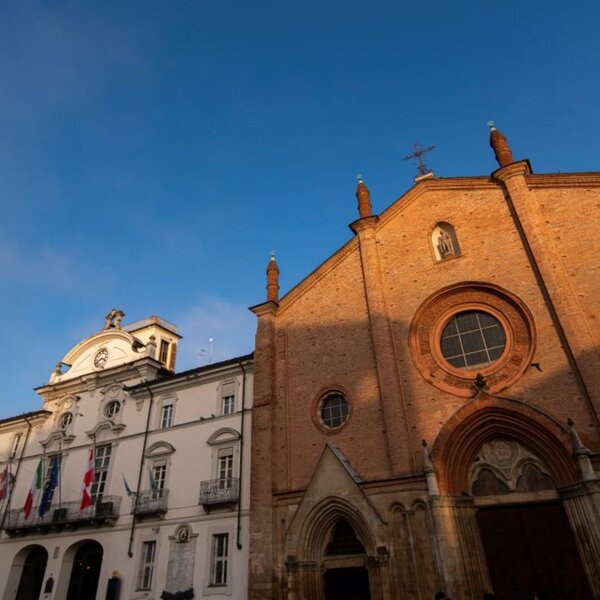
Asti: the city of Merchants
Find out moreCortiglione (formerly known as Corticella), a tiny hamlet, offers the shattered ruins of a castle now reduced to two walls, in the midst of lush vegetation facing south across an abundant and well-tended countryside. An important outcrop of Pliocene fossils, further proof of the richness of Asti's subsoil, can be found at the Crociera.
The third park in the Asti area is the Valle Andona, Val Botto and Val Grande Reserve, which in turn was saved from the speculation of the Valle Manina landfill in 1985. A detailed description of this park can be found in the itinerary dedicated to the Ventine Astigiane, the Asti hamlets (see Asti, Urban Itineraries).
There are also several minor protected areas, partly managed by the Ente Parchi Astigiano and partly entrusted to WWF and municipalities, including the wetlands of Moasca (Paludo) and Costigliole (Rio Bragna), and those of the Tanaro (Stagni di Bellangero and Rocche di Antignano), the Muscandia Reserve (located between Pino d'Asti and Passerano Marmorito), the Bosco delle Sorti (between Bruno, Mombaruzzo, Maranzana and the neighbouring villages of the Alessandria area) and the charming Bosco della Luja in Loazzolo, a project created by the Scaglione family, heroic producers of the prized Passito DOC wine, which proves - just like in Val Sarmassa - that high-quality rural production and the protection of the land can perfectly merge and coexist.
PLEASE NOTE: Responsibility for the maintenance and practicability of the various trails lies with the municipalities where the routes are located. The Tourist Board, therefore, cannot be held responsible for any inefficiencies, but is willingly available to collect your reports so that they can be forwarded to the authorities concerned.
